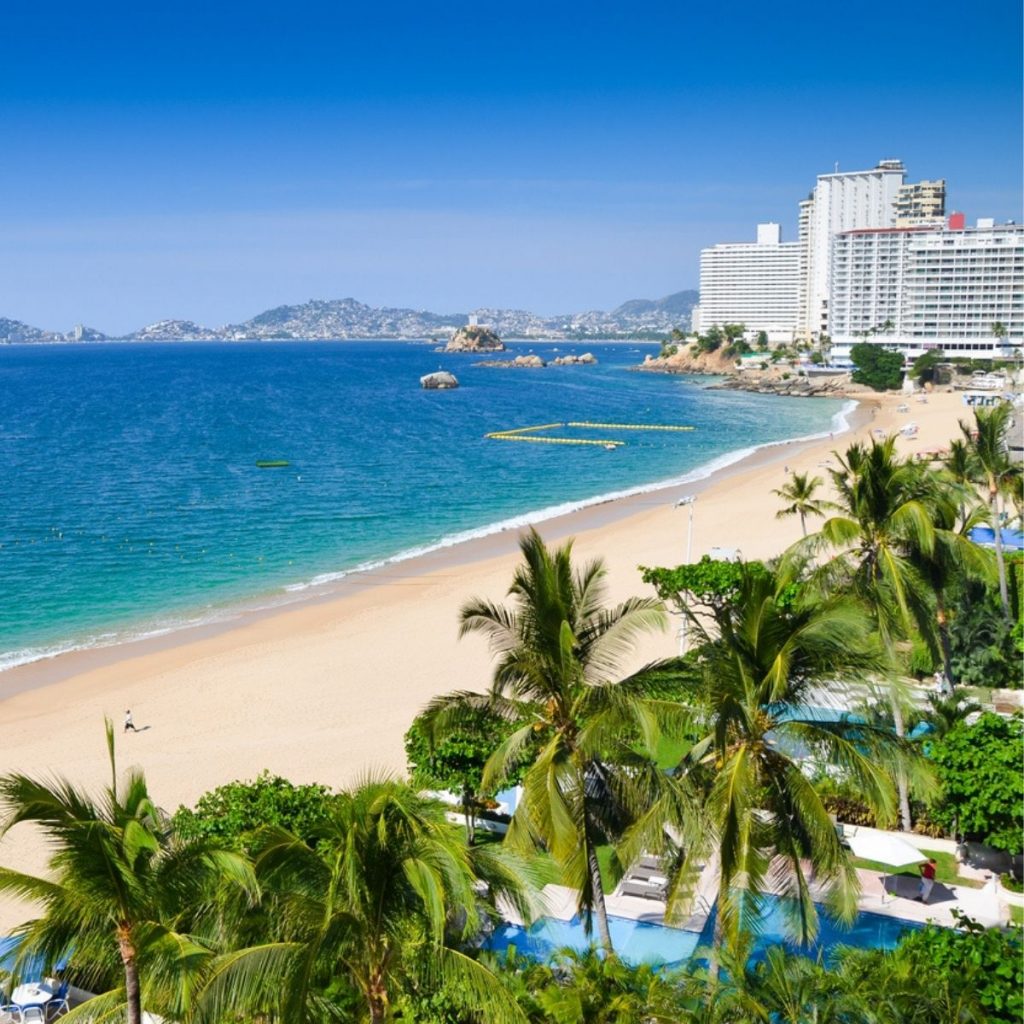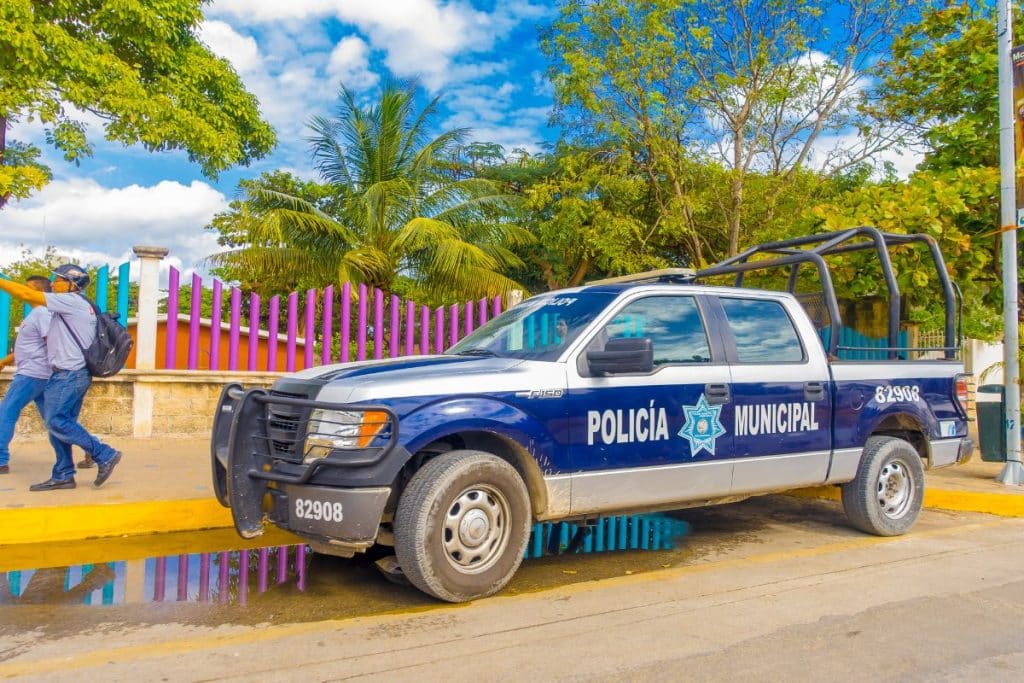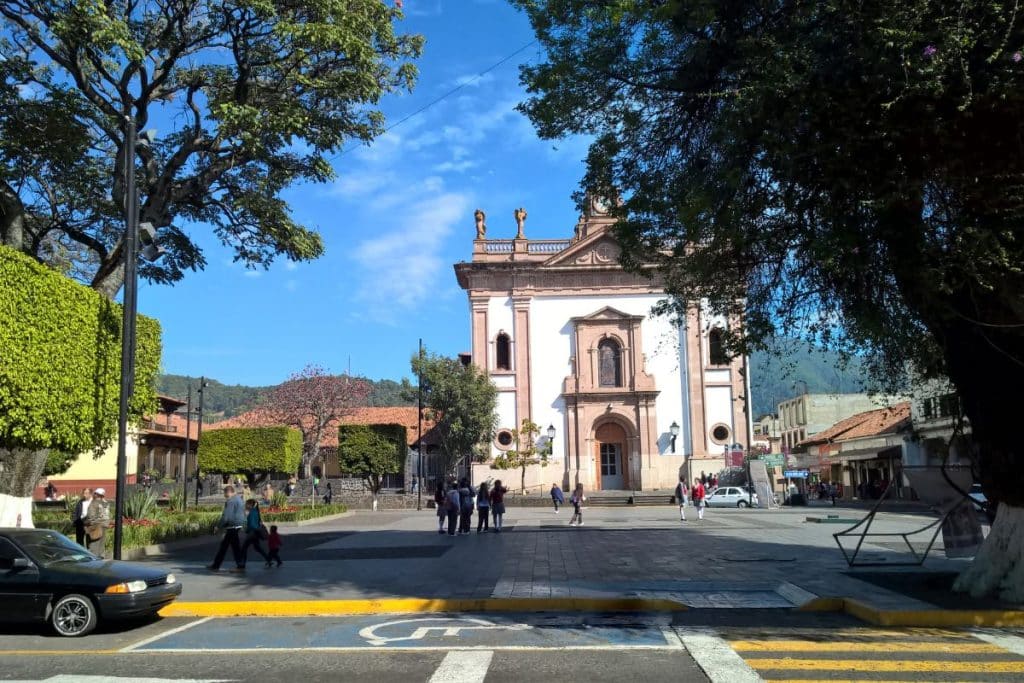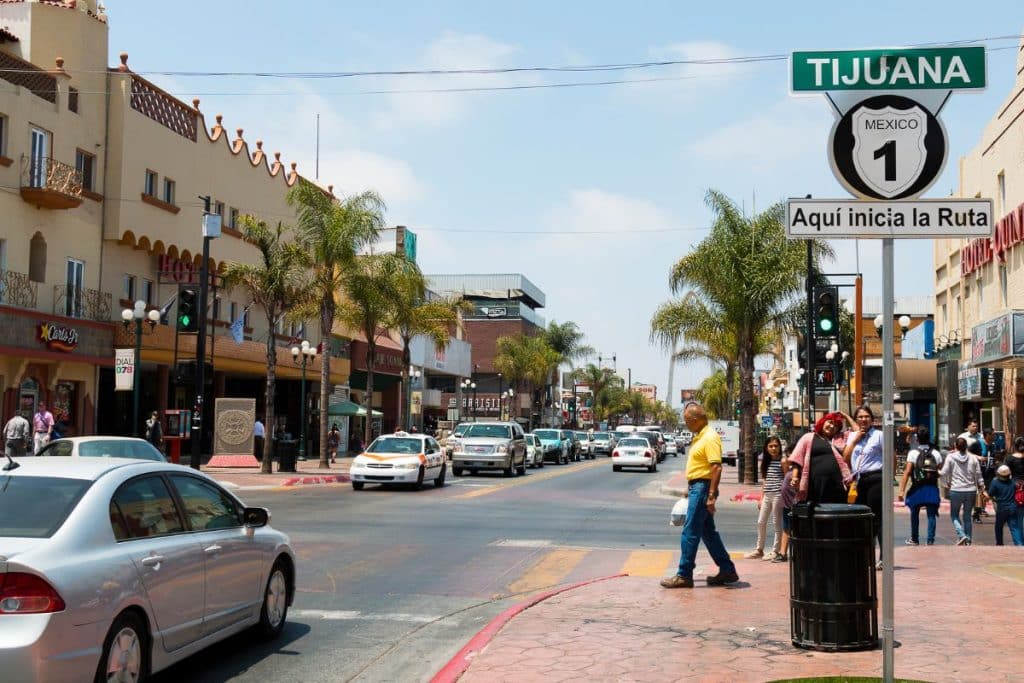Mexico is one of the most popular tourist destinations in the world, and with good reason.
But not all parts of Mexico are safe for travelers. In this article, we’ll look at most of them dangerous cities in Mexico in 2023.
Suggested: Is it safe to visit Mexico now? (Full Guide)
Tijuana
Tijuana is considered Mexico’s most dangerous city due to its high rate of homicide and drug-related violence.
The murder rate is 138 per 100,000 people. Tijuana, the main entry point for drugs from South America, is a hotbed of cartel activity. Being close to the United States border, it is also a major center for human trafficking and organized crime.
According to homicide rate statistics, Tijuana is also considered the most dangerous city in the world.
Acapulco

While many tourists still flock to Acapulco for its beaches, it is also one of the most dangerous cities in Mexico. The city’s homicide rate is 111 per 100,000 people. Acapulco has seen a surge in drug-related violence as several cartels battle for control of the city’s lucrative drug trade. This city is also located in Guerrero, the notorious state known for its high levels of violence, unrest due to gang wars between gangs, and for its production of heroin.
Ciudad Victoria
Located in the state of Tamaulipas, Ciudad Victoria is one of the most violent cities in Mexico. The murder rate here stands at 86 per 100,000 people and it is another hot spot for drug-related violence. It’s also a gateway, with Tamaulipas just beyond the US border. Members of the Northeast Cartel actively run their operations in Ciudad Victoria.
Ciudad Juarez
Another border town, residents of El Paso can see Ciudad Juarez from their side of the Rio Grande. It is one of the most violent cities in Mexico, with a murder rate of 86 per 100,000 people. The city is another hotbed for drug trafficking and has seen a surge in violence due to territorial wars between the Juarez and Sinaloa cartels. Both powerful cartels have a strong presence in Ciudad Juarez.
Irapuato
Located in the central state of Guanajuato, Irapuato has seen a sharp increase in homicides due to drug-related violence over the past three years. The city has a murder rate of 81 per 100,000 people, making it one of the most unsafe cities for tourists and, unfortunately, for the locals who call this city their home. Murders here are largely attributed to territorial wars between the New Generation Jalisco Cartel and the Santa Rosa de Lima Cartel.
Cancun

Mexican President Andres Manuel Lopez Obrador recently warned tourists of the dangers of visiting Cancún following a series of cartel-related shootings, robberies and attacks on tourists in the city. The homicide rate here is 64 per 100,000 people, making it much less deadly than other cities in Mexico, but still notorious for its high level of violence.
Culiacan
While Culiacan was once seen as a dangerous mid- to low-level city, it is now the site of a deadly battle that took place as a result of the arrest of the son of cartel leader El Chapo, Ovidio Guzman. The city has a murder rate of 61 per 100,000 people and is considered the central city in Sinaloa. The Sinaloa Cartel has a tight grip on the city and its inhabitants, making it incredibly dangerous for tourists to visit the city.
Uruapan

In Uruapan, violence has steadily increased for this mountain town in Michoacan. Unfortunately, it seems that the violence here only continues to escalate. The once quiet city is now home to warring cartels that consistently change ownership and name. Murders take place in the most indiscreet areas, such as arcades and bars. The current murder rate here is 55 per 100,000 inhabitants.
Ciudad Obredon
Cuidad Obregon is the second largest city in Sonora, but now has a new notoriety: named the fourth most dangerous city in the world by 2022. This increase in violence is not only occurring in Ciudad Obredon, but also in the vicinity of Cajame, the southernmost region of the state. Only time will tell if this sharp rise in crime continues. The current homicide rate is 52 per 100,000 inhabitants.
Jaszacoalcos
With a murder rate of 48 per 100,000 residents, Coatzacoalcos was once a vibrant tourist spot in Veracruz. Today it is the sight of violence where nine bodies were recently left in the streets. Murder, robbery and violent crime make this city one of the ten most dangerous in Mexico.
Celaya
According to the accounts, more than 1000 people were brutally murdered each year. The rise in drug sales, thefts, and human trafficking were all noted, so the story doesn’t end there. It is unsafe to spend your vacation in Celaya.
Currently, Celaya is considered one of the most dangerous cities in the world, with 109.38 homicides per 100,000 inhabitants.
Ensenada
Only other parts of Mexico, 1,200 miles away, have an official one U.S. State Department travel warnings or restrictions.
According to residents and press reports, violence has increased. However, tourism and the local population are not affected by this unrest.
In recent months, violent homicides have increased in Ensenada and Tijuana, especially at night and outside the city center. The city center is still very safe, although there are some risks in the non-locked neighborhoods beyond. Day trips or travel through the Vine Valley will not be affected by this shift.
Tepic
Tepic is not a tourist town. That does not mean that tourists are not welcome. The main urban center of this thriving agricultural region is Tepic, where sugar cane, tobacco and citrus fruits are among the main crops. The town, originally known as Villa del Espíritu Santo de la Mayor España, was founded in 1531.
Last year ranked 36th among the world’s cities by murder rate, Tepic, Mexico had a murder rate of 45 per 100,000 residents.
• Murders per 100,000 in 2018: 45
• Murders in 2018: 230
That’s more than twice that of Chicago murder rate (That was 24 in 2017, dropping significantly in 2018 to about 20)
According to the US State Department, travelers should avoid Tepic and San Blas. Visit the United States Department of State website for up-to-date advice on travel safety in Nayarit.
Reynosa
Reynosa is located directly across the Rio Grande from the United States border and is a major urban center. Unfortunately, it has earned a reputation as one of Mexico’s dangerous cities due to ongoing clashes between criminal gangs. Given the prevailing security concerns, travel to this region is strongly discouraged.
Nevertheless, it is important to recognize that under its defiant image, Reynosa is a vital industrial center for Northern Tamaulipas and the Rio Grande Valley. The city contributes substantially to the economic landscape of the area, boosting various industrial activities and acting as a vital link in cross-border trade and commerce. Despite ongoing security concerns, Reynosa’s role in promoting economic development and connectivity in this part of Mexico remains remarkable.




